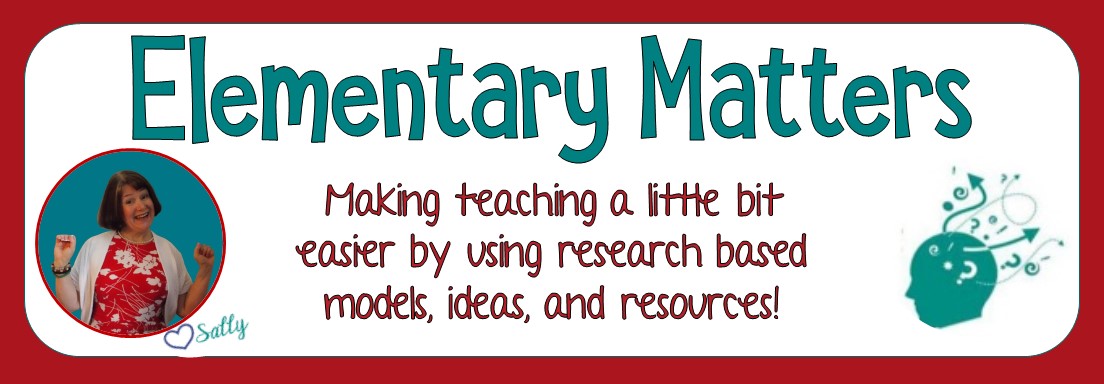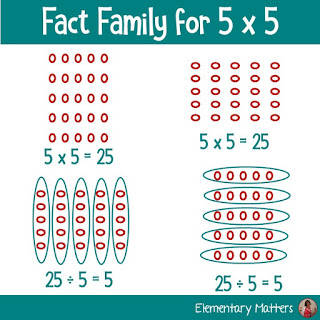Communicating with parents can be a challenge, for many reasons!
It’s important to keep that communication open, but you don’t want
parents to feel inadequate or make them feel inferior. The last thing you want
to do is make them feel like you don’t believe in their competence as parents!
I have seven suggestions for maintaining positive communication with parents:
Start your communication routine at the beginning of the school year. You might write weekly or monthly newsletters. You might call or text a few parents each week, or you might do individual notes or messages. Whatever it is you choose to do, make sure the parents will expect what's coming and when it's coming. That way, they'll anticipate the communication and be ready for it.
Here's a link to a blog post going into more detail about a routine for communication: Getting Parents to Read Your Notes!
Be sure to mention how hard it is to be a parent, and how busy they must be! Be sure to ask basic family questions about siblings, jobs, pets, and hobbies. The more you know about them, the more you'll have to talk about! If you show an interest in who they are, it helps keep the communication open!
This works with notes, texts, phone calls, and face-to-face conversations! No matter what the context or purpose of the communication might be, there's got to be something the child is doing well. It might be as simple as... "I really enjoy working with Johnny." or "Mary always walks into the classroom with a smile."
It's not a bad idea to end the communication the same way, along with a "Thank you" of course!
Parents are mostly interested in what their child is doing, but also are interested in what the class is studying!
Here's a piece of advice I got when I was a beginning teacher, a very long ago. If a child isn't doing well on a skill, they are "working on it." Rather than, "Mark is struggling with his math facts," or "Jenny doesn't remember her short vowel sounds," I'd say, "Mark is working on his math facts," and "Jenny is working on remembering the different vowel sounds."
And of course: "Brian really enjoyed our unit on Earth Changes."
Children enjoy being part of the communication. Of course, they love their parents and want their parents to know their successes in school. Quite often I'll send home a quick note asking the parents to ask their child about a situation. It might sound like this: "Ask Emma about how she helped her classmate today." or "Be sure to ask Randy about his thoughts on South America."
Communicating with parents is a two-way street. They are the experts on their child and know things the child might hide from their teacher.
Yes, it's true. No matter how loving or nurturing a teacher might be, the child holds back information.
There's an easy explanation for this: the parent gives unconditional love, and the child lets the parent know when they're upset. Often the same child will see the teacher's love as conditional, so they hide their feelings, afraid the teacher won't like them anymore. I've experienced this many times, both as a parent and as a teacher.
I've learned many things about my students that I never would have known without those conversations with the parents. It's definitely worth the time to understand your students better!
It's tough to give parents advice on parenting, isn't it? (Especially if you're not a parent yourself!) I find it best to "pass the buck" and refer them to links, books, or research that was developed by someone else.
That's why I developed these: Parent Communication: Monthly Brochures for the Whole Year
Each month has research-based information that parents can use to help guide their child and make your life a little bit easier. Each brochure contains links to articles, ideas, suggestions, seasonal quotes, jokes, and even tips for family fun!
If you're interested, here are links to more blog posts about parent-teacher communication:





































